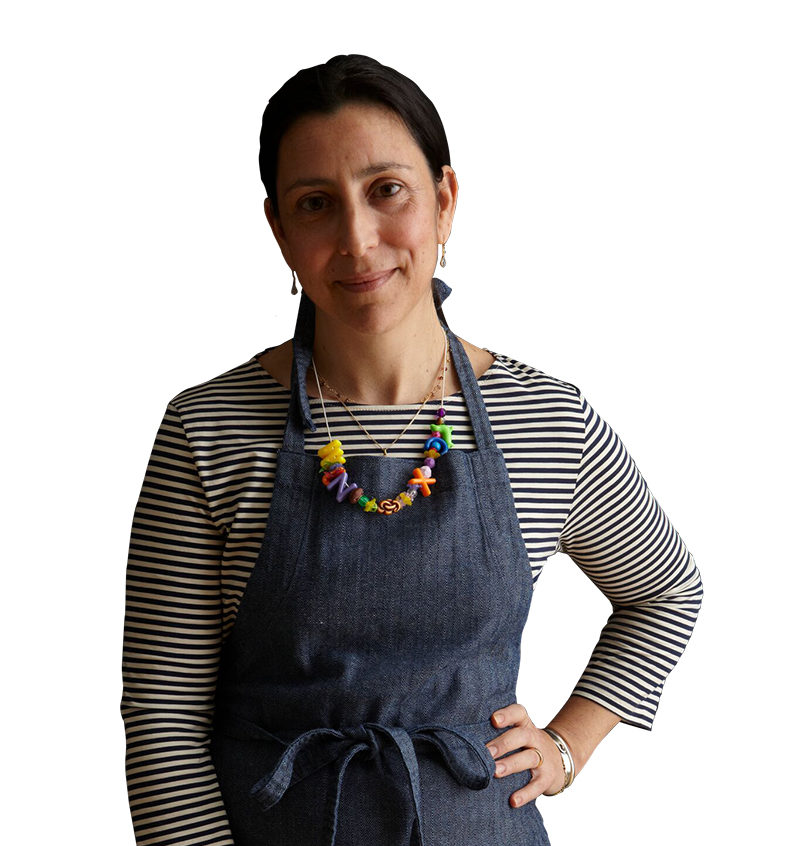“I figure that about 80 percent of the boudin purchased in Louisiana is consumed before the purchaser has left the parking lot, and most of the rest is polished off in the car. In other words, Cajun boudin not only doesn’t get outside the state; it usually doesn’t even get home.”
– Calvin Trillin, from his essay, “The Missing Links: In Praise of the Cajun Foodstuff That Doesn’t Get Around.”
* * *
Food can be a tie that binds, a constant. Food can also function as one of the defining characteristics of regional and cultural identity. Boudin, a unique but simple culinary concoction of pork, rice, onions, and various other herbs and spices squeezed in to a sausage casing and served hot, is one of those foods.
Throughout the area defined as Acadiana or Cajun Country, of which Lafayette is the hub, boudin is ubiquitous: Signs and banners signal passersby to stop and grab a link of HOT BOUDIN. Vendors will pull it from a steamer or slow cooker, weigh it, wrap it in butcher paper, and usually hand it over with napkins or paper towels so it can be eaten right on the spot. Displaced Cajuns frequently fill ice chests with links from their favorite boudin spots and relish the opportunity to share them with the uninitiated in other places. In Acadiana, boudin inspires fond memories of good times with family and friends as well as heartfelt debates about whose recipe is “best.” To say that folks in south Louisiana are passionate about their boudin is an understatement. Perhaps obsessive is more appropriate. In-depth discussions about the crispness of the casing, rice to meat ratio, eating method, appropriate spice, and best texture are all too common when people start talking about their favorite “link.”
Although the archival record may never reveal the precise origin of Louisiana’s boudin sausage, we do know that it traces its culinary lineage, like the Cajun people trace their ancestry, back to France. The French eat a sausage called “boudin blanc” (white boudin) which is similar to Cajun boudin almost solely through its nomenclature; French boudin blanc is a highly perishable sausage made with pork, chicken, and/or veal mixed with milk, cognac, and spices. The flavor of this delightful treat bears no resemblance to the link you will sink your teeth into in Louisiana. When the French Acadians (today’s Cajuns) made their way out of Nova Scotia, after having been expelled by the British in 1755, they adapted their traditions and culture to their new surroundings. Many made their way to the bayous, prairies, and backwoods of Louisiana, where surviving required ingenuity, flexibility, and creativity. When they set out to make use of every single part of a freshly butchered hog, it would not have been a stretch for them to mix the pork scraps with the seasonings at hand, push it into the hog’s intestines, and call it what they had always called such a sausage: boudin. The German immigrants who arrived in southwest Louisiana during the 1720s brought with them a talent for sausage-making and also shaped the region’s boudin traditions. Later, once large-scale rice production began in Louisiana at the end of the nineteenth century, cooks added rice to boudin for filler and flavor. Today, in places like St. Martinville, at La Grande Boucherie des Cajuns (a communal hog butchering) held the Sunday before Mardi Gras, festival-goers embrace the age-old practice of making boudin and pass the custom and community spirit from one generation to the next.
Regional variations exist between parishes and neighborhoods, but the best links always come from specialty meat shops, grocery stores, and restaurants that make it in house. You are as likely to find a true boudin craftsman in a gas station convenience store with an added kitchen as you are in an established meat market. For many, boudin is the essential Cajun fast food, quickly filling the hunger void at any time of day or night. However, the most common time to eat a link is in the morning, and many Cajuns refer to a cold soft drink and a link of boudin as a “Cajun Breakfast.” But this porky pleasure is more versatile yet, including a myriad of variations worth trying. Boudin rouge (red/blood boudin: made with copious quantities of pig’s or cow’s blood) is hard to come by these days, since modern health codes make the process too complex to be profitable for most producers, though we do include a couple of oral histories herein with makers of blood boudin. Some people, particularly transplants from Texas, insist on grilling or smoking their links. Boudin balls are made by rounding the sausage filling into balls and then breading and deep-frying them. A boudin sandwich, primarily made at home, is the filling smeared between two pieces of white bread. Boudinalaya (a twist on jambalaya) is a budding new variation. And many boudin stops tout nouveau fillings: shrimp, crawfish, seafood, chicken, and even alligator. Newfangled creations pop up all the time.
To begin understanding why such a simple food gets so much attention in Acadiana, one must venture out, oftentimes into the countryside, to meat markets and corner grocery stores. There, boudin craftsmen – or as some call them, boudiniers – employ generations-old recipes to make a product so versatile that it is as properly enjoyed as a meal-on-the-go as it is stuck with toothpicks and served from silver platters at the finest wedding receptions. Still, when it is all said and done, at its best, boudin is about tradition as much as it is about taste: the links shared between a father and son on their way to the duck blind, between buddies as they venture out on an early morning fishing trip, or between friends who set out on a Saturday morning “boudin run” become ritualistic. George Bernard Shaw may not have been referring specifically to boudin when he said, “There is no love sincerer than the love of food,” but in south Louisiana, he certainly could have been.
– Bob Carriker
Bob Carriker is a history professor, SFA member, and boudin lover. He is also co-creator of boudinlink.com, a comprehensive taste guide to boudin in south Louisiana.
This project is underwritten by McIlhenny Company, makers of TABASCO®















































